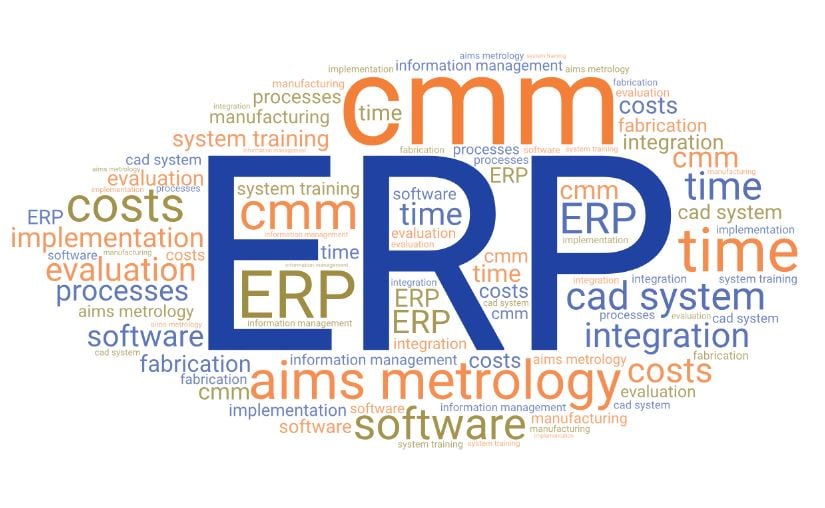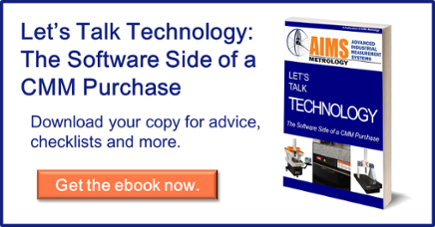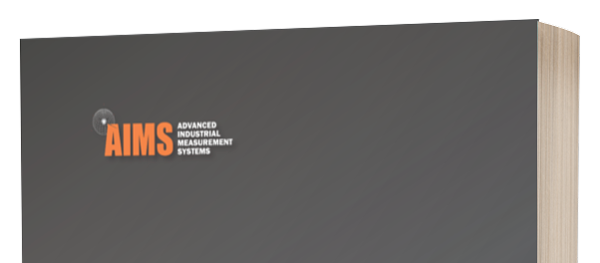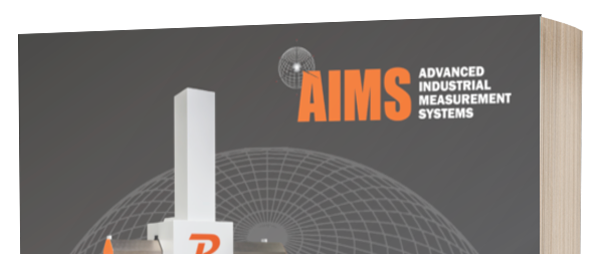 Get The Most Bang For Your Buck
Get The Most Bang For Your Buck
In the metal fabrication business, most companies are small to mid-sized. Yet these manufacturers juggle a bevy of parts and sub-assemblies for a myriad of applications and industries ranging from aerospace and automotive to waste water treatment plants and oil and gas. Collapsed timelines, tighter tolerances and changing requirements have become standard fare. And it isn’t getting any easier. Customers want to be able to make design changes on the fly and get updates on part specifications in real time. If a machine goes down a fabricator may have to rely on a neighboring company to get parts out the door. That means being able to download programs and fixtures without the need to reprogram.
To keep pace fabricators need a robust enterprise resource planning system that can integrate data from a CAD system as well as handle production, scheduling, bills of material, cost estimate and other key tasks. Time is a valuable commodity that has to be balanced against the increasing demand to manage information; the amount of which continues to grow at an alarming rate.
An ERP system can do the heavy lifting when it comes to keeping a lid on big data. And there are a few tips that can help fabricators make the most of their software. While there is no package that offers the perfect fit, look for a system that provides those functions best suited to your current and future needs. It’s also key to look for a company that can provide the necessary service and aftermarket support. Periodic evaluations can point out elements you may want to activate for your production line that weren’t necessary before.
Staying current with software releases is another way to get the most out of your ERP system. These upgrades include mobile functionality, improved standard features, vendor support, a larger number of integration possibilities and simpler compliance and security measures.
Include ERP system training as part of new employee introduction packages and create an environment that encourages ongoing training. Participating in user groups can also help you learn more about your software package. Other users can offer insights that can help you solve problems you may be experiencing on your production floor.
Another way to get the most out of your ERP system and manage your data is to consider equipment with the ability to interface with your software package. The 5-axis HB equipped with a Renishaw PH20 can converse with machines and with other software systems. A Renishaw open architecture controller drives the HB while Renishaw Modus software makes it possible for the CMM to talk to other machines and facilitate the flow of data to a site-wide ERP package that is integrated with its SPC software. This arrangement puts data at machinists’ fingertips. In addition to providing critical intel regarding part modifications or improvements, the HB can track serialized components and if there is a non-conformance, pinpoint its origin and the reason for it.
Shops need the ability to understand their processes by collecting data that directly reflects what is happening. From raw material to a finished workpiece—an automotive part, for example—may undergo anywhere from five to 25 processes. The HB monitors the process flow in real time because the PH20 quickly obtains high-density points for feature size, location and form for accurate and actionable data. This gives a manager or machinist the information they need to act at critical points in part processing. The right ERP system and equipment like the HB can make a competitive difference in today’s smart factory environment.


